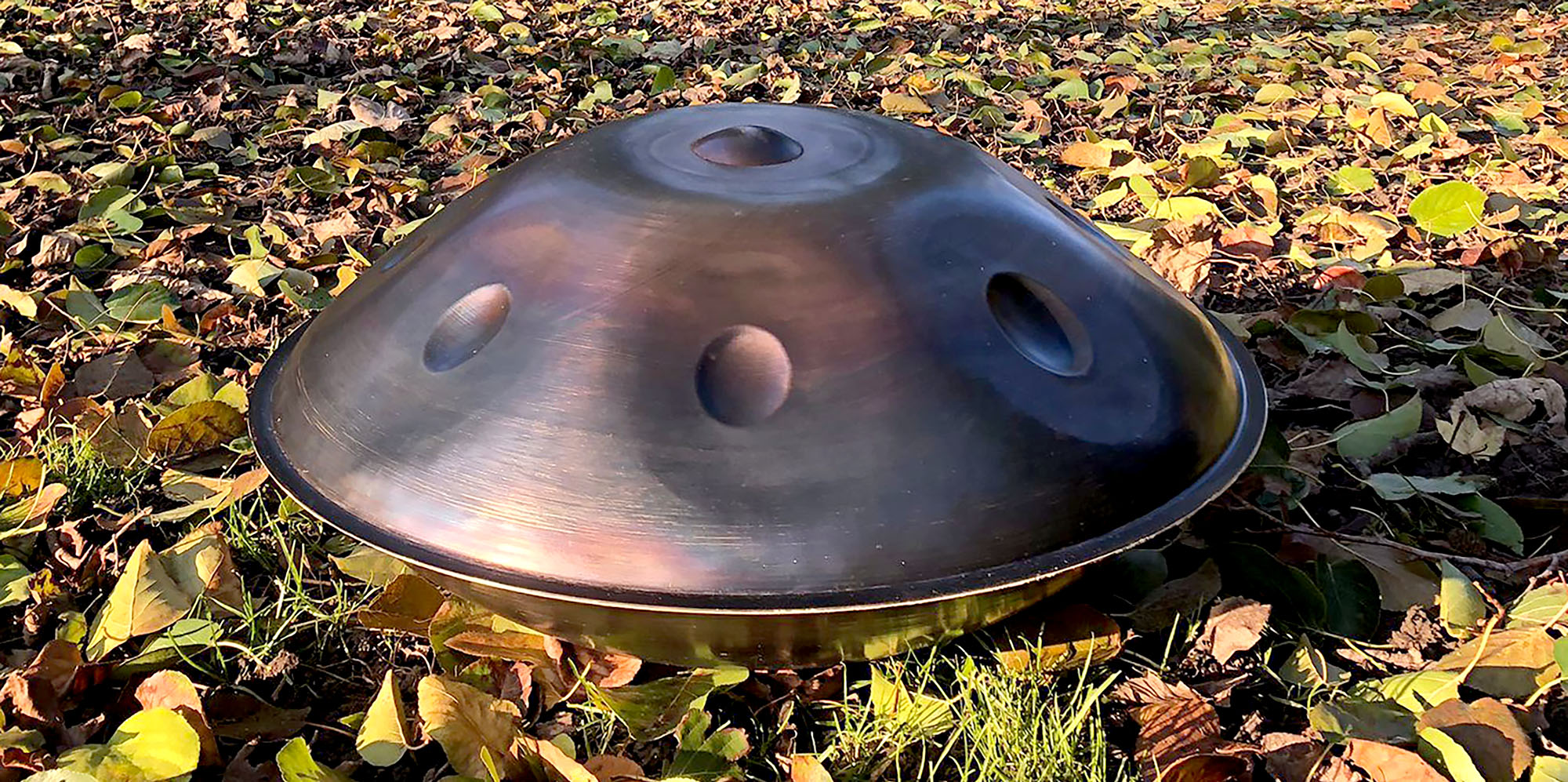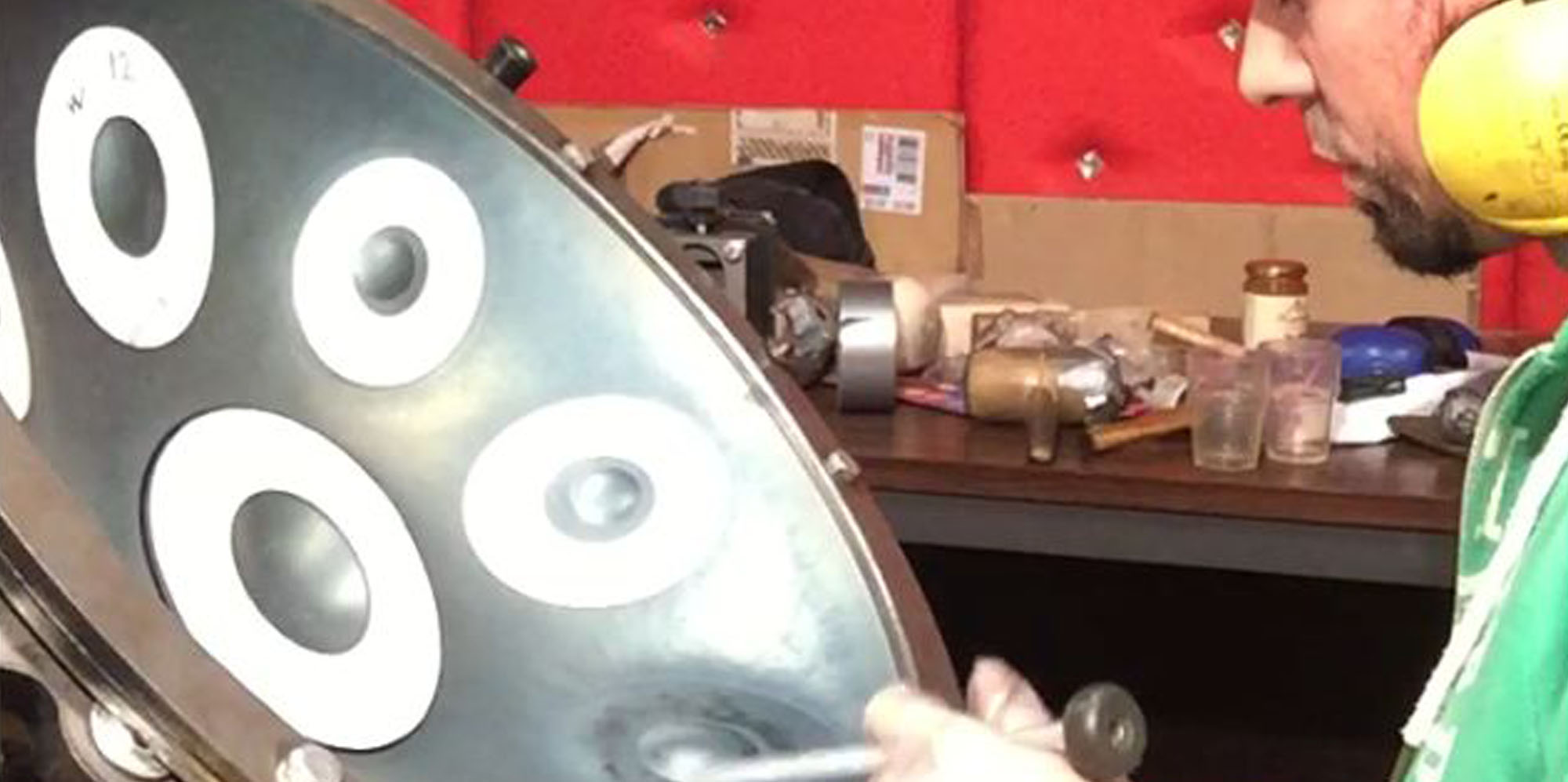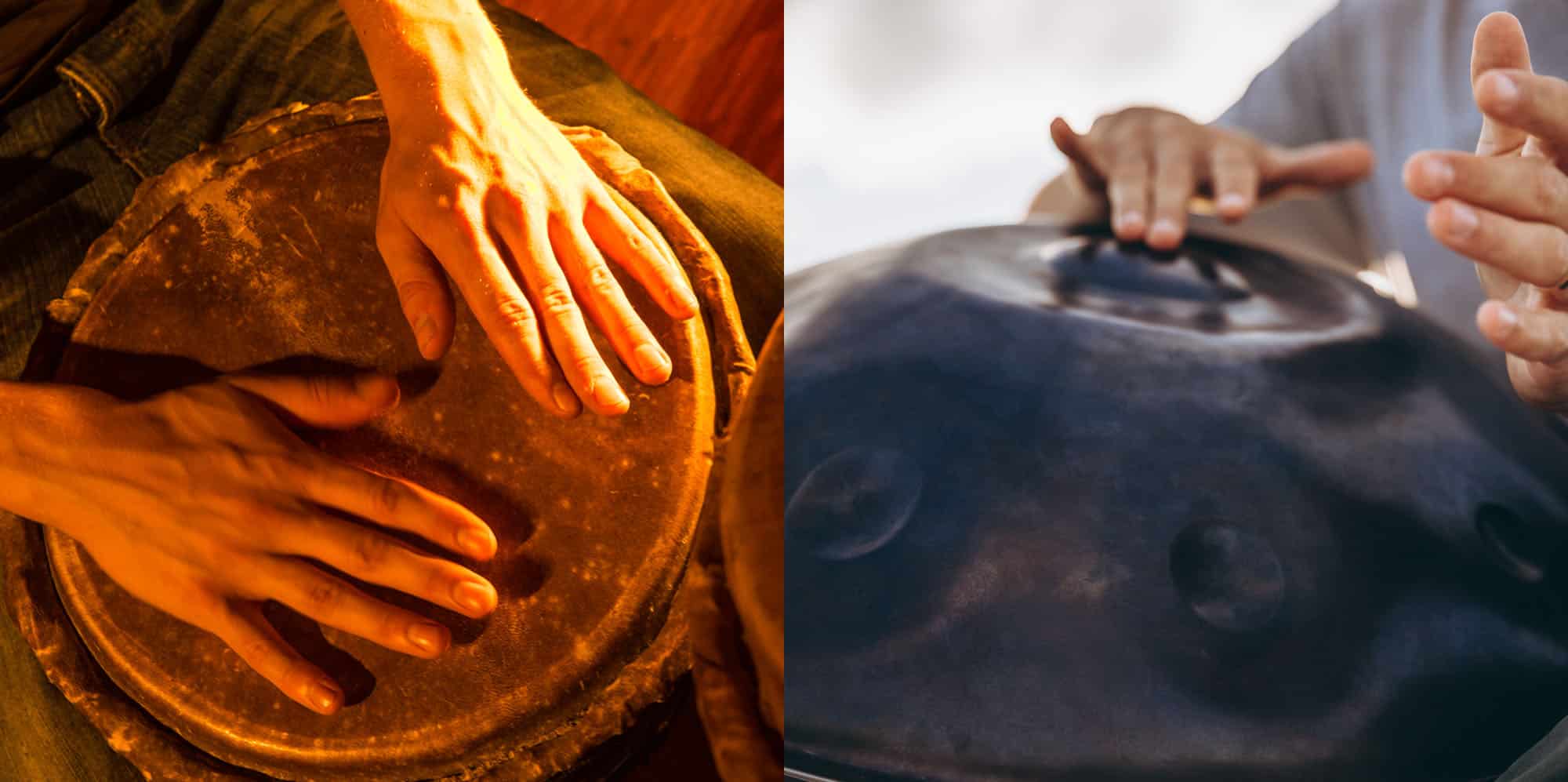Learning to play a handpan can be a rewarding and fulfilling experience, but it can also be challenging. However, with the right approach and dedication, anyone can learn to play this beautiful instrument.
The first step in learning to play a handpan is to find a good quality instrument. Handpans come in a variety of sizes and designs, and it’s important to choose one that feels comfortable to play and has a good sound. It’s also helpful to find a handpan that is in tune and has been properly cared for.
Once you have your handpan, the next step is to learn the basics of handpan playing. This includes learning how to hold the instrument, how to strike the notes, and how to create different sounds and rhythms. There are many resources available online, such as video tutorials and instructional books, that can help you learn the basics of handpan playing.
As you continue to practice, it’s important to listen to and study the music of other handpan players. This will give you a better understanding of the different sounds and rhythms that can be created on the instrument, and will also help you to develop your own playing style.
It’s also important to practice regularly and consistently. Set aside a specific time each day to practice, and stick to that schedule. It’s also helpful to break your practice sessions into shorter, focused sessions rather than trying to practice for long periods of time.
In addition to practicing on your own, it can also be helpful to take lessons with a qualified handpan instructor. A good teacher can provide you with guidance and feedback, and can help you to progress more quickly and efficiently.
When learning to play the handpan, there are a few basic techniques that you should master:
- Holding the handpan: The handpan should be held in a seated position, with the legs crossed and the handpan resting on the thighs.
- Striking the notes: To strike the notes on the handpan, use the pads of your fingers rather than the tips. This will create a warmer and more rounded sound. Use a light and relaxed touch when striking the notes, and avoid hitting them too hard.
- Playing the rim: The rim of the handpan can be played with the fingers or the knuckles to create different sounds. Experiment with different techniques to find the one that works best for you.
- Mute technique: To create a muted sound, lightly press the finger onto the note after striking it. This can be used to create a more percussive sound or to change the tone of a note.
- Damping technique: To stop the sound of a note, place the finger on the note immediately after striking it. This technique can be used to create a staccato effect or to change the rhythm of a piece.
- Playing with dynamics: Practice playing notes softly and loudly to create different dynamics in your music. This can add expressiveness and emotion to your playing.
- Experimentation: Don’t be afraid to experiment with different techniques and sounds on the handpan. The more you play and experiment, the more you will understand the capabilities of the instrument and the better you will get.
Remember that learning to play the handpan takes time and practice, so be patient and persistent. With dedication and hard work, you will be able to master these beginner techniques and create beautiful music on this unique instrument.





